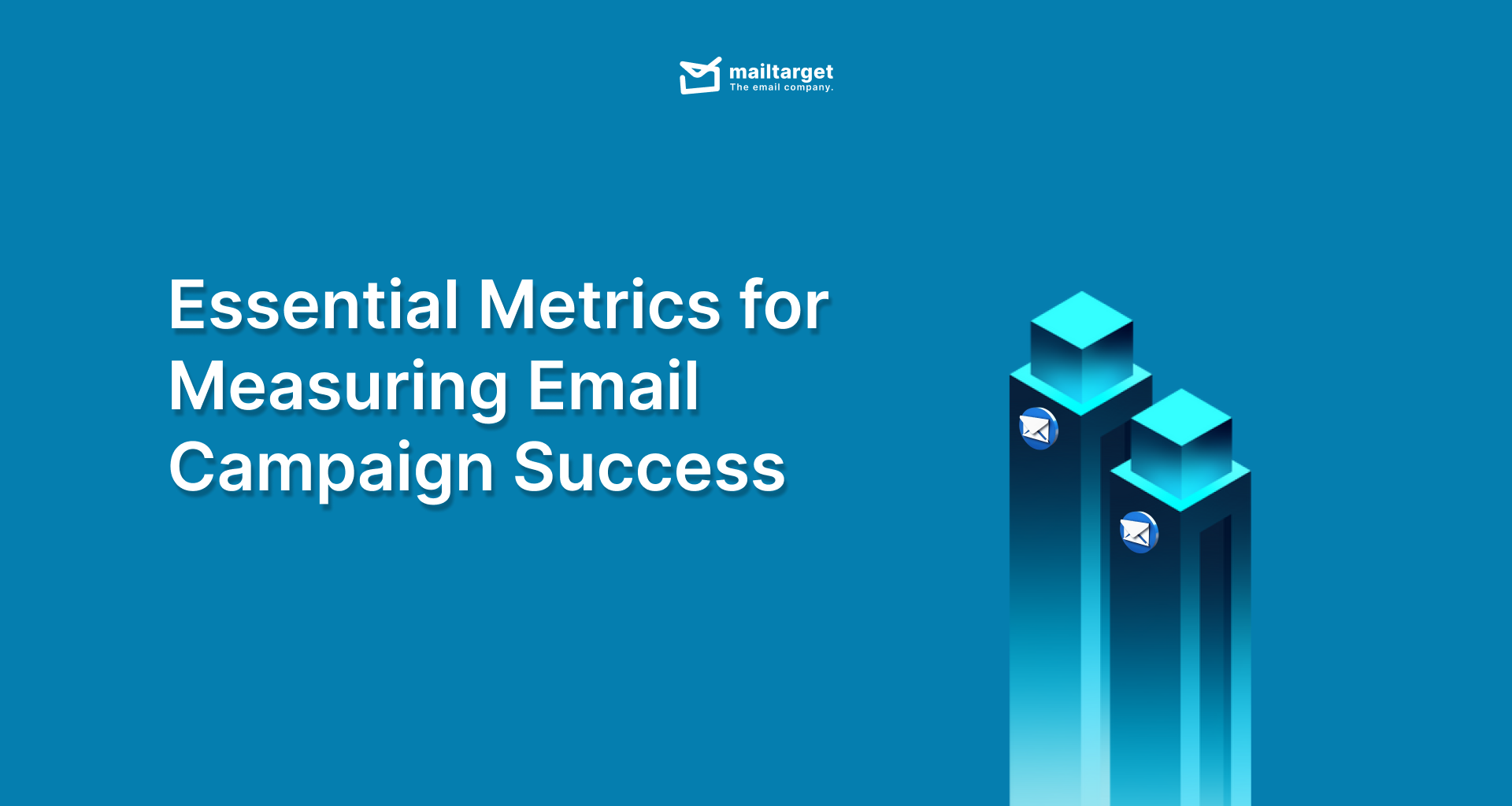Essential Metrics for Measuring Email Campaign Success

Getting the most out of your email campaigns means understanding exactly how they're performing. If you're not measuring the right things, you could be missing out on key insights that could help you optimize your strategy and achieve better engagement. In this guide, we'll walk you through the essential metrics you should be tracking and analyzing to truly understand your email marketing success.
Why Email Metrics Matter
Tracking email metrics isn't just about numbers. It's about understanding your audience and how they interact with your content. When you know what's working and what isn't, you can make informed decisions about your content, design, and targeting. This data-driven approach ensures that you're constantly improving and getting the best return on investment (ROI) from your email marketing efforts.
Key Metrics to Keep an Eye On
Let's break down the most important metrics you should be monitoring:
- Delivery Rate
This metric shows the percentage of emails that were successfully delivered to your recipients' inboxes. A high delivery rate means your emails are getting through, while a low rate could indicate problems with your email list or sender reputation. - Open Rate
The open rate measures how many recipients opened your email. It's a direct indicator of engagement and interest. A low open rate might mean your subject lines need work or that your emails are landing in spam folders. - Click-Through Rate (CTR)
The CTR tells you how many people clicked on links within your email. It's a key measure of how effective your content and call-to-actions (CTAs) are. A high CTR suggests your audience finds your content compelling and relevant. - Conversion Rate
This is the percentage of recipients who took the desired action after clicking through your email, such as making a purchase, signing up for a webinar, or downloading a resource. The conversion rate is a critical metric for measuring the success of your campaigns. - Bounce Rate
The bounce rate indicates how many of your emails were not delivered. There are two types of bounces: hard bounces (due to invalid email addresses) and soft bounces (due to temporary issues like a full inbox). A high bounce rate can harm your sender reputation and reduce your delivery rates. - Unsubscribe Rate
This metric shows how many recipients opted out of your email list after receiving your email. A high unsubscribe rate can indicate that your content isn't meeting your audience's expectations or that you're sending emails too frequently. - Spam Complaint Rate
This measures how many recipients marked your email as spam. A high spam complaint rate is a red flag that your emails are not welcome and can damage your sender reputation.
Tools and Techniques for Analysis
Now that you know which metrics to track, let's talk about how to analyze them effectively:
- A/B Testing
A/B testing involves sending two versions of an email to see which one performs better. You can test different subject lines, email designs, CTAs, or content to find out what resonates best with your audience. - Segmentation Analysis
Breaking down your email list into smaller segments based on demographics, behavior, or past interactions can help you tailor your emails more precisely. Segmenting your audience allows you to send more relevant content, which can improve engagement and conversions. - Time Series Analysis
This technique involves looking at your email performance over time to identify trends and patterns. For example, you might notice that your open rates are higher on certain days of the week or times of day. Use this information to optimize your send times. - Heatmaps
Heatmaps show you where recipients are clicking within your email. This visual tool can help you understand which parts of your email are most engaging and where you might need to improve.
Using Data to Improve Your Campaigns
With the insights gained from these metrics, you can refine your email strategies to get better results. Here's how:
- Optimize Send Times
Use your time series analysis to determine when your audience is most likely to open and engage with your emails. Experiment with different send times to find what works best. - Tailor Content
Personalize your emails based on the data you have about your audience. Use their names, recommend products based on past purchases, and send content that matches their interests. The more relevant your emails, the higher your engagement rates will be. - Improve List Quality
Regularly clean your email list to remove invalid addresses and inactive subscribers. This will reduce your bounce rate and improve your overall email performance. Consider using double opt-in methods to ensure that your subscribers are genuinely interested in your content. - Craft Compelling Subject Lines
Your subject line is the first thing recipients see, so make it count. Use A/B testing to experiment with different subject lines and find out what drives the highest open rates. Keep them short, interesting, and relevant to the content of your email. - Enhance Email Design
A well-designed email can significantly impact your click-through and conversion rates. Use a clean, mobile-friendly design with clear CTAs. Include images and videos to make your emails more engaging, but make sure they load quickly and don't overwhelm the text. - Monitor Engagement Over Time
Keep an eye on your key metrics over time to identify trends and areas for improvement. If you notice a drop in engagement, investigate the cause and make adjustments to your strategy.
Wrapping Up
By thoroughly analyzing your email campaign performance, you can make data-driven decisions that enhance engagement and increase conversions. Remember, the key to successful email marketing is continuously testing, measuring, and optimizing your campaigns. Use the insights from your metrics to refine your approach, and you'll see better results over time. Keep experimenting, learning, and adapting to stay ahead in the ever-evolving world of email marketing.

